What does Craftsman's inquiry-based learning do?
Every Friday, Craftsman After School conducts an inquiry-based learning program to nurture children's "ability to think" and "ability to work through". It is a time of learning where they face questions that have no right answers and expand their world with their own ideas. At Craftsman, we call this " Learning Friday. We use worksheets to "solve problems".
Activity Features
- 🧠 Debate, mini-conference, issue finding
- 🛠 Digital manufacturing
- 🗺 Extracurricular activities and group work
*For more information about 3D printers, click here.
Inquiry-based Learning
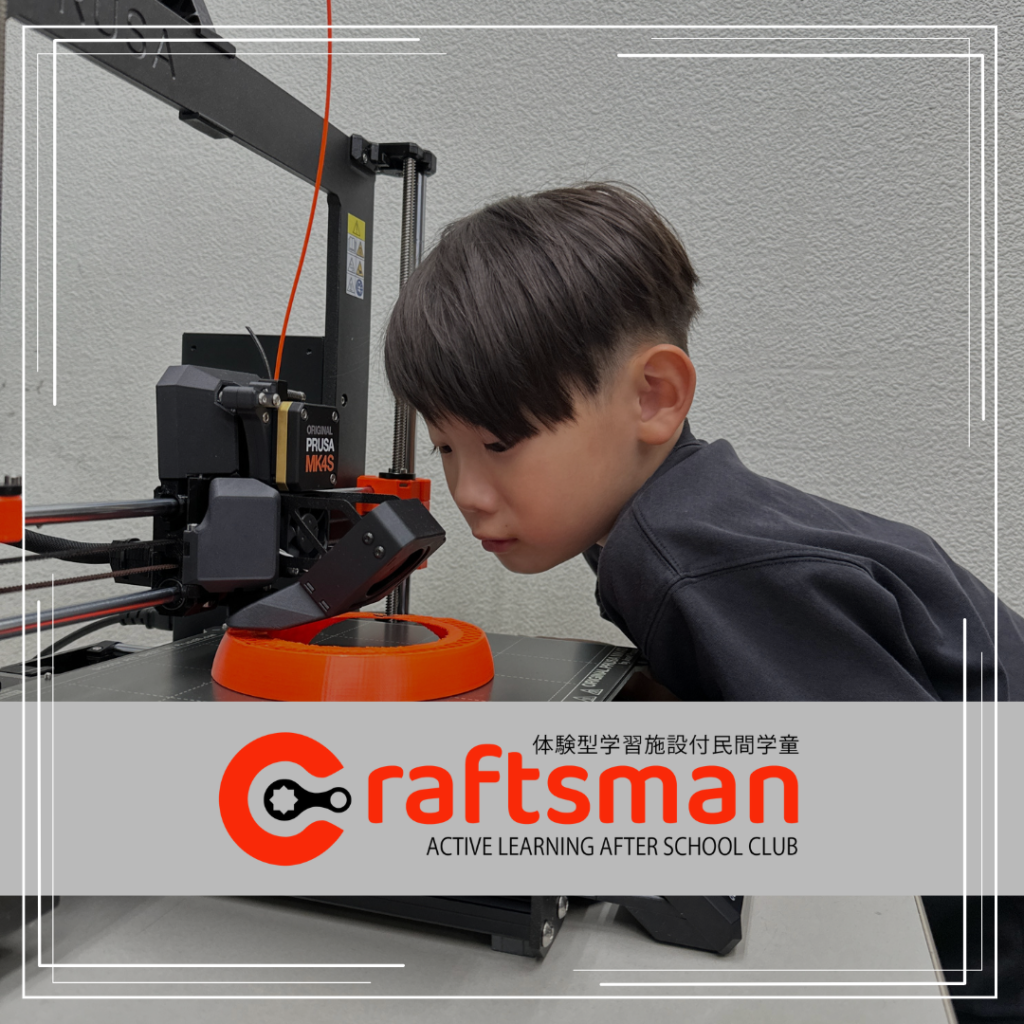
| Item | Contents |
|---|---|
| Program Name | Learning Friday |
| Dates | Every Friday (4 times a month) |
| Time | 16:00-17:00 (60 minutes) or 17:00-18:00 (60 minutes) |
| Intended for | Only for users of school children (*Spot and single attendance are not available) |
| Contents | Weekly exploration program including debates, meetings, production using 3D printers, extracurricular activities, etc. |
| Features | Based on a yearly schedule, the program consists of content that steadily nurtures non-cognitive skills |
| Guidance policy | Facilitation-based management emphasizing independence |
| Monthly Fee | For those who use after-school, the fee is included in the basic monthly fee. (Regular course) |
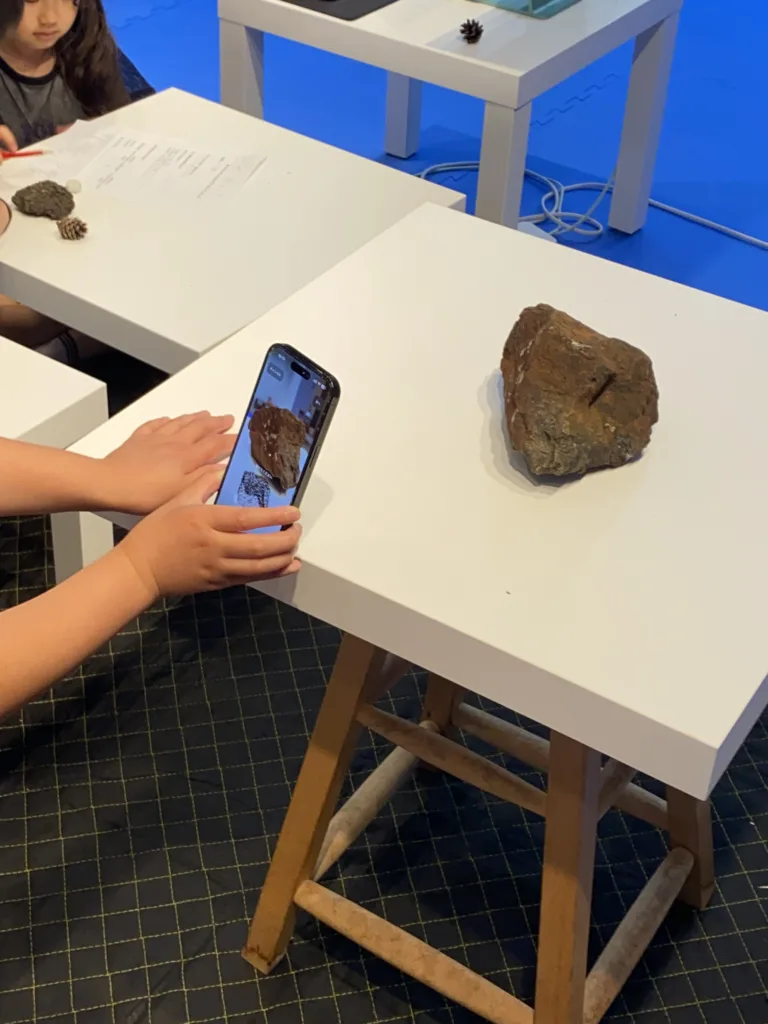
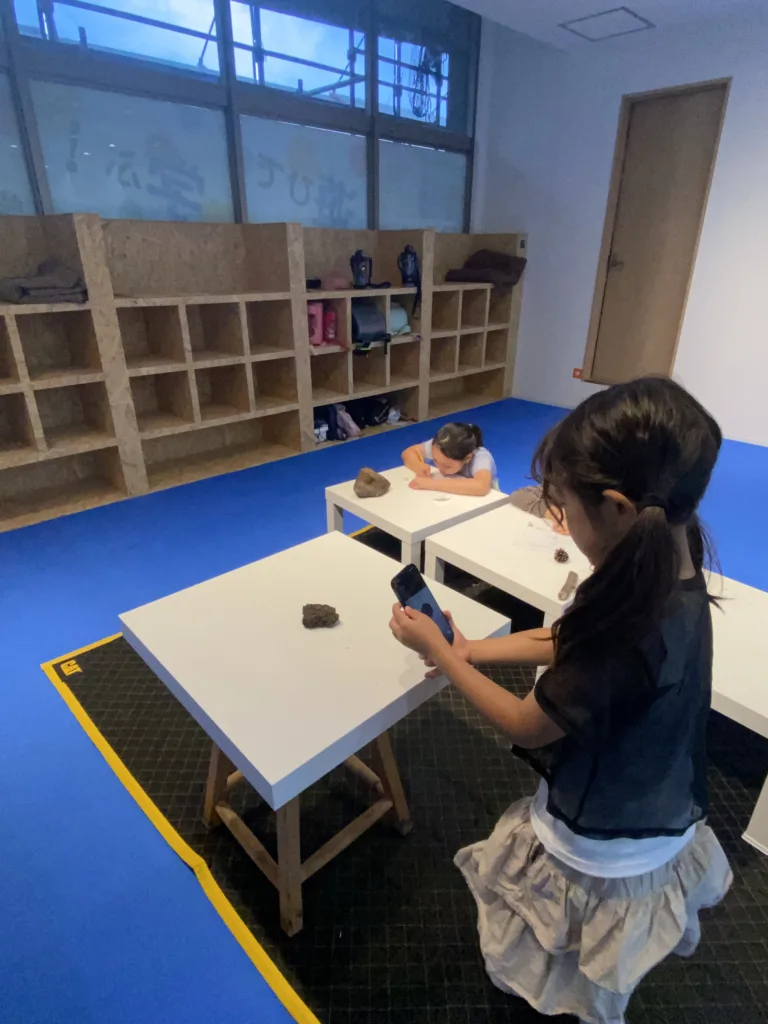
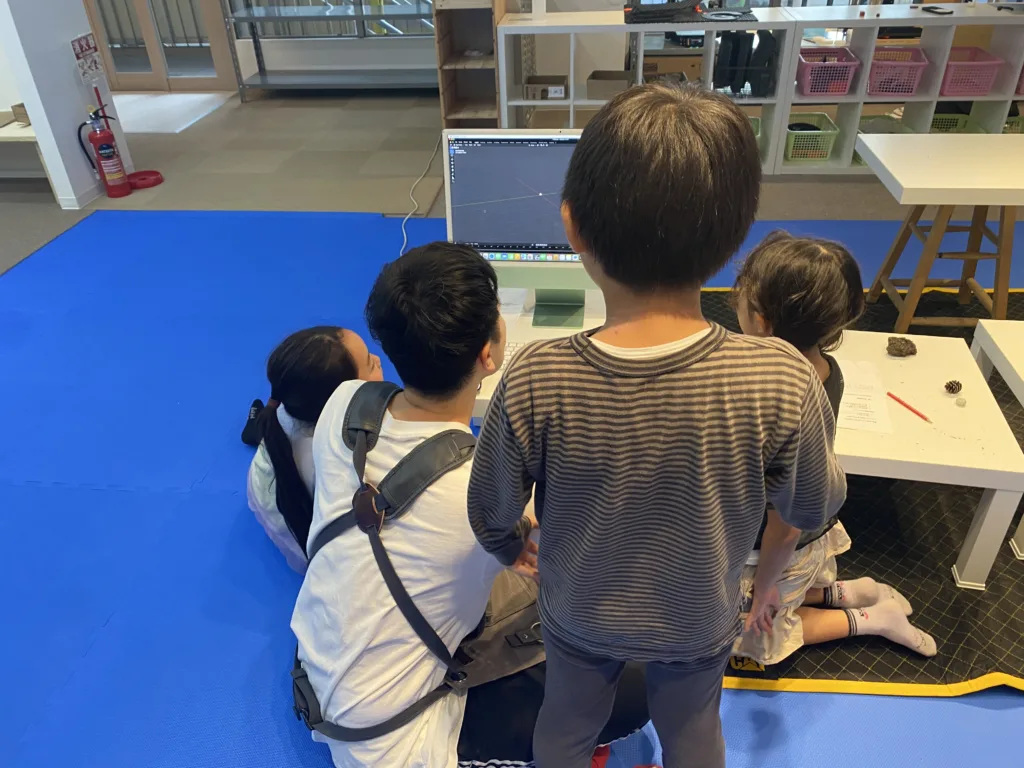
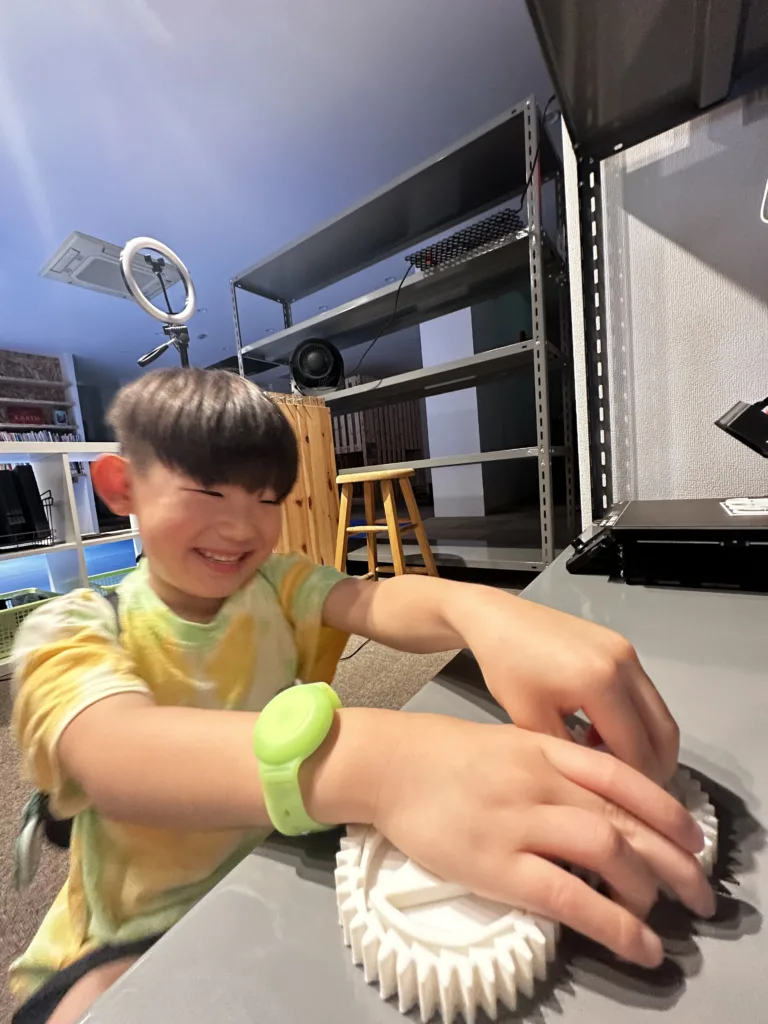
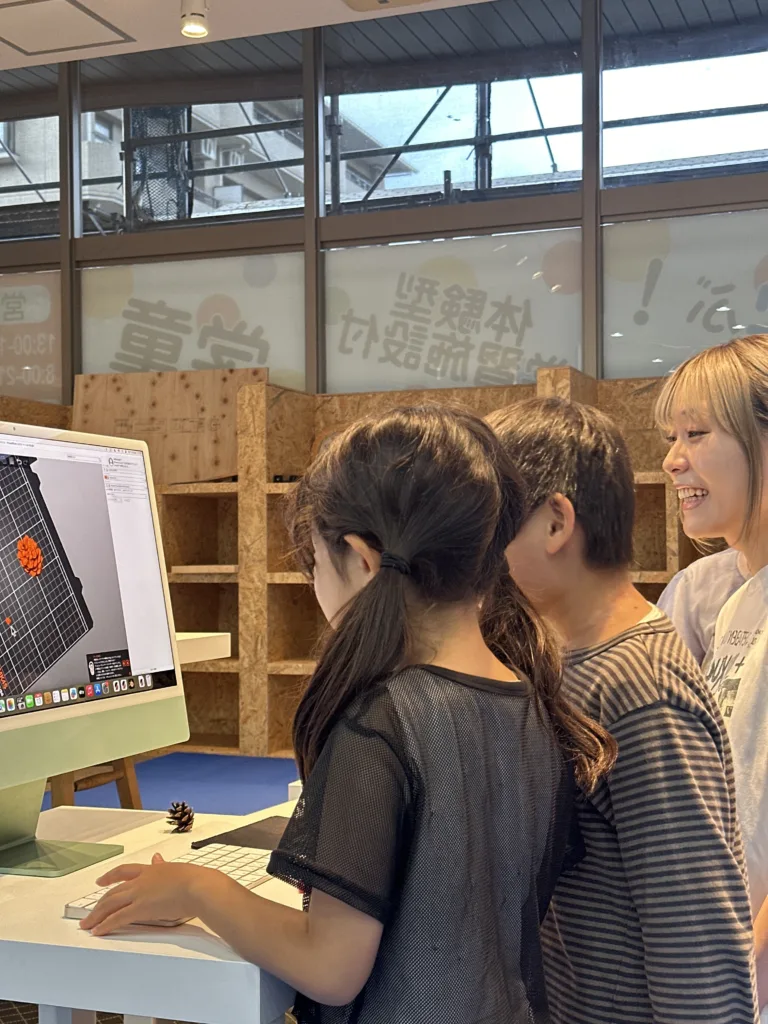
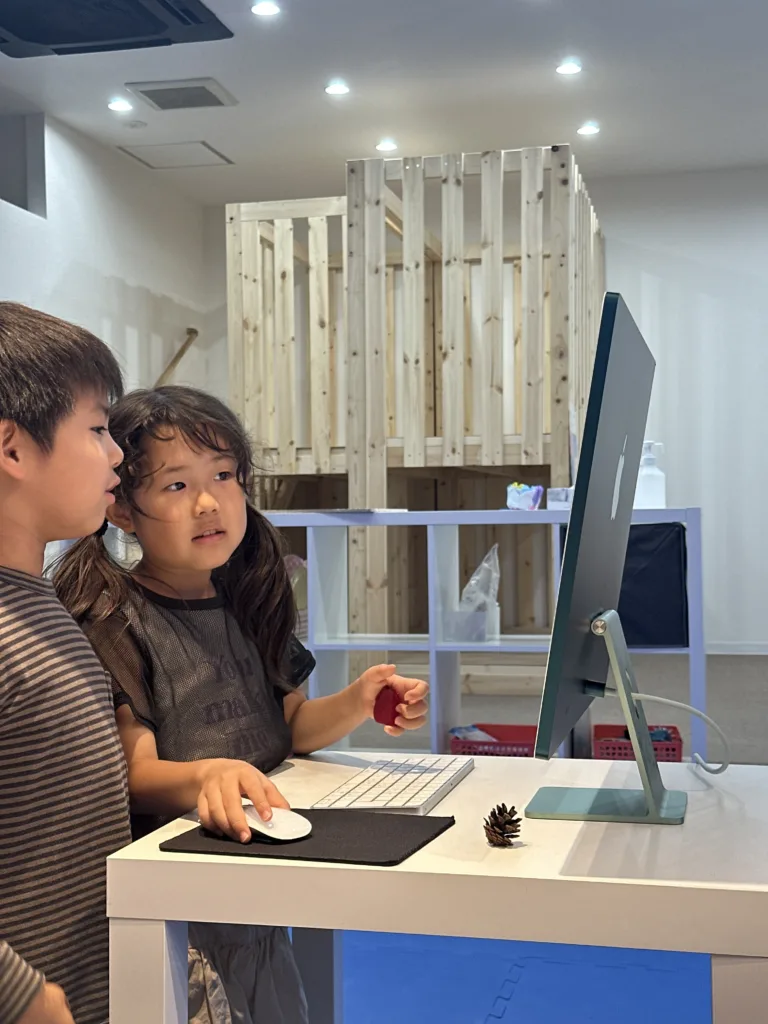
Craftsman 3D Printer Program
Learning that doesn't end with "just making things," but leads to the future.
Craftsman After School's inquiry-based learning uses 3D printers and digital tools. Through the experience of giving shape to their "likes" and "interests," students develop a "zest for life".
The kids will not only create, but also develop their "ability to think, communicate, and accomplish" while having fun.
The goal for first grade students is to experience the fun of creating with a 3D printer. From 2nd grade to 3rd grade, students learn modeling software and the output process, and from 3rd grade to 4th grade, students are able to do simple design work on their own. From the 5th grade onward, students can master various ways of using the 3D printer, such as combining it with full-scale production and programming on their own.
The future king of inventors may be born!
What do you do with a 3D printer?
What exactly does it do? Here is an example
- Design "your own work of art" using specialized software (Tinkercad / Blender / Prusaslicer etc.)
- Think of a story and create original characters and tools
- Convert the work into a "thing" that can actually be printed out with a 3D printer and held in the hand.
- Teams work on their own projects, and present and exhibit their work!
The children were amazed and fascinated by the fact that their ideas really take shape.
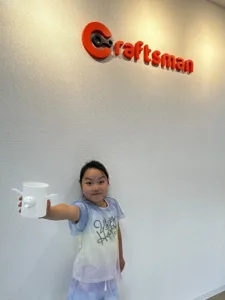
How does this lead to "learning"?
3D printers have recently been featured in the news and on Youtube, but what can they actually do? But what can you actually do with a 3D printer?
"Just make toys and play with them?"
─ ─ No, a 3D printer is an educational tool that fosters the ability to think.
At first glance, it may seem that children are just "having fun making things.
However, behind the scenes, there is a lot of essential learning that is difficult to experience at school.
For example, the process of creating a work using a 3D printer nurtures the following skills:
- How can I make it so it doesn't fall over? How can I make it easier to use? and "How can I make it easier to use?
- Spatial awareness and logical thinking to think three-dimensionally using software
- Empathy to design for others while imagining their position
- The tenacity and autonomy to try and fail, then fix it and try again.
In other words, activities using 3D printers are not just about making "things,
How can we make it work? This is exactly what is required in the society of the future.
This is the very practice of STEAM education, which nurtures the "non-cognitive abilities" and "creative problem-solving skills" required in today's society.
It looks fun, but it is actually very deep.
At Craftsman, we value this kind of future-oriented learning, where students "get absorbed in what they love and find themselves learning.
| Experience | Cultivating Skills |
|---|---|
| Thinking of ideas by yourself | Creativity and imagination |
| Putting ideas into blueprints | Logical thinking and spatial awareness |
| Trial and error | Problem-solving ability and tenacity |
| Make presentations and presentations | Ability to express and communicate |
| Team building | Collaboration and leadership skills |
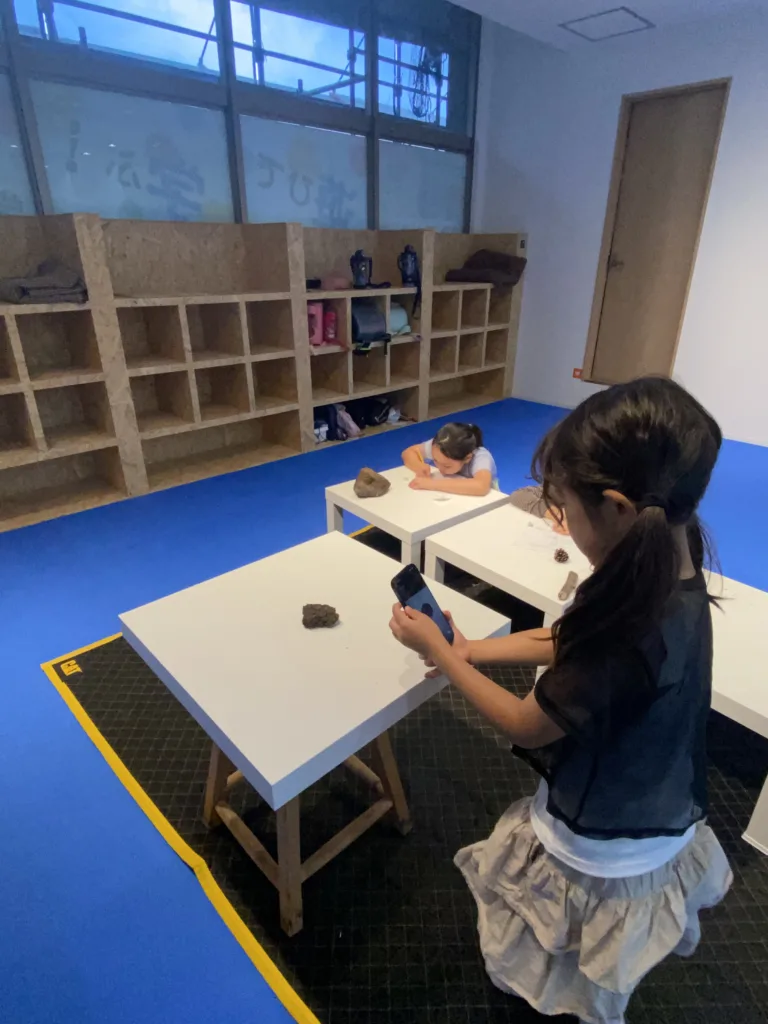
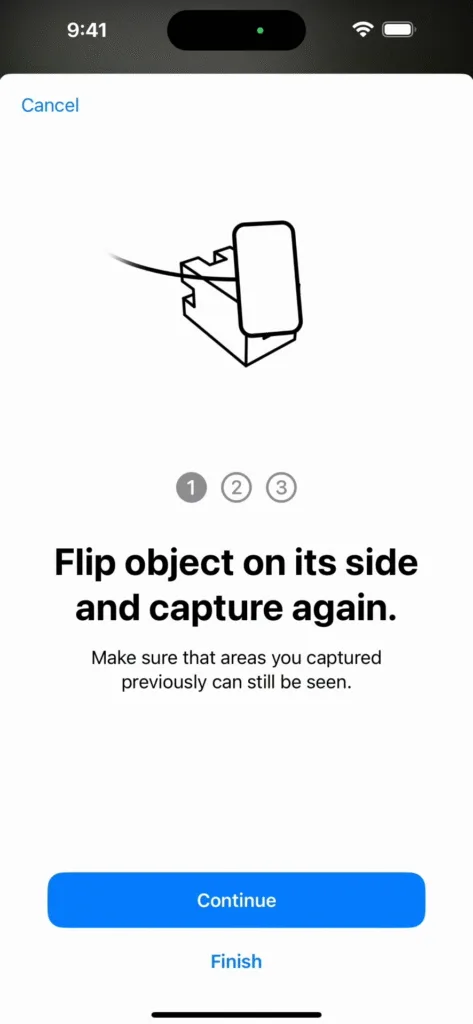
Why do it "now"? Why "Elementary School"?
There are many learning opportunities outside of school during the elementary school years. Cram school, programming, gymnastics, dance, soccer... The list is endless. All of these things lead to learning, but why is it important for elementary school students to be exposed to 3D printers?
- The ability to tackle questions for which there are no right answers is one of the basic skills required in the age of AI.
- By accumulating successful experiences of "thinking for oneself and giving shape to it" in childhood, a sense of self-affirmation and an attitude of "enjoying challenges" will grow.
- Elementary school students are at an age when they are able to "like = immerse themselves in". They are more open to learning through hands-on activities than junior and senior high school students.
The inquiry-based learning at Craftsman includes these aims.
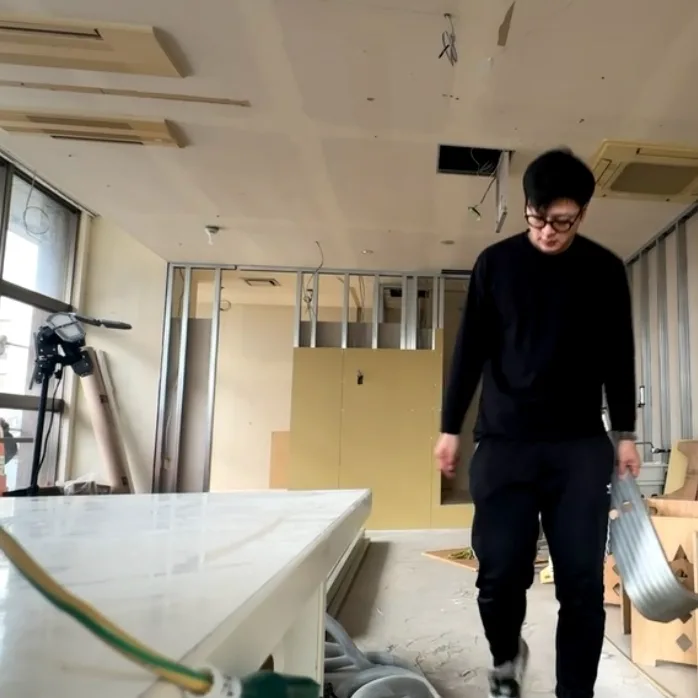
Yuma Instructor
Yuma
Yuma is a repair technician with a lot of experience as a "Genius" at Apple. He handles 5,000 customers a year. He has also worked as a staff training leader in retail. He has a lot of facilitation experience and has a lot of knowledge about training large groups of people. After transferring to the product development department, he gained experience working with 3D printers.
He has experience with arduino/raspberry pi/Prusaslicer/Blender etc...
He is passionate about IT and "learning" to enrich people's lives.



